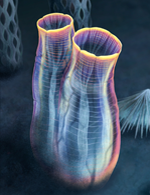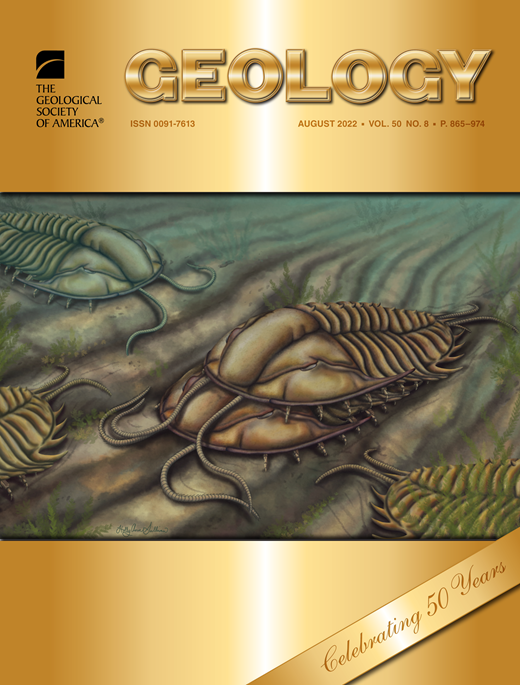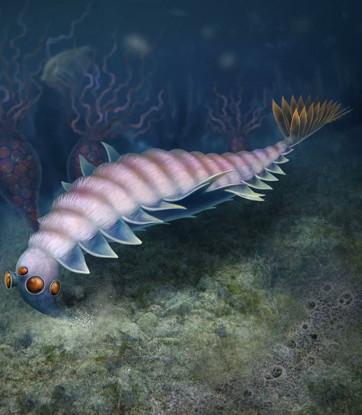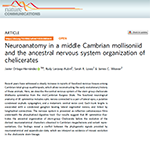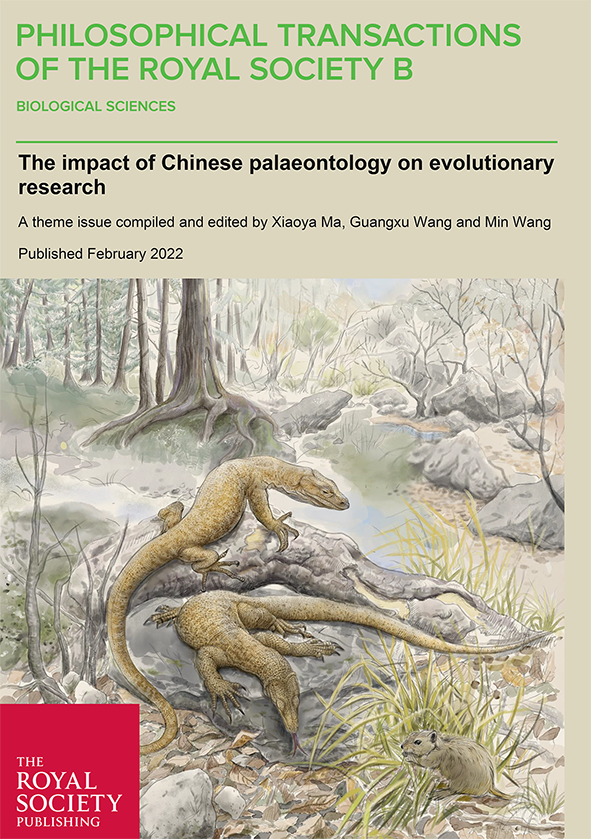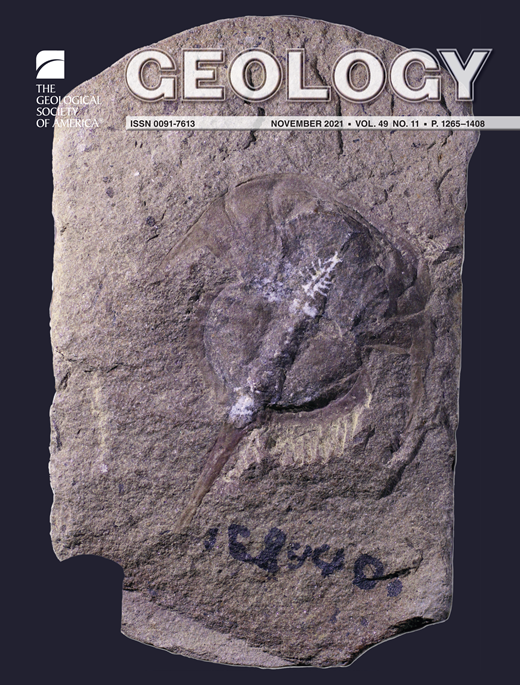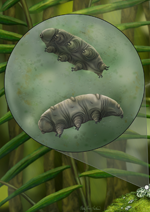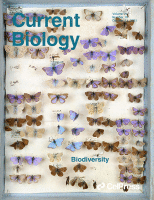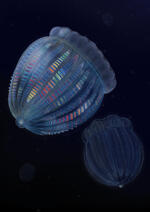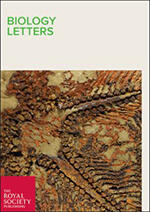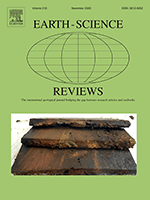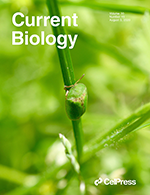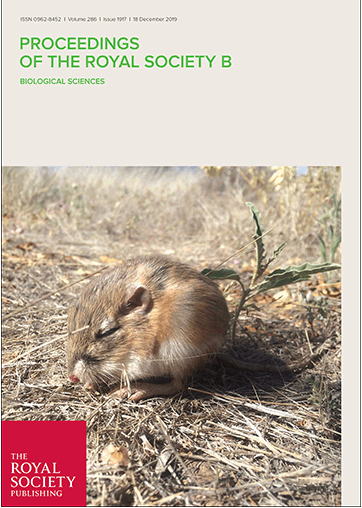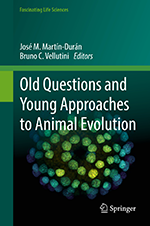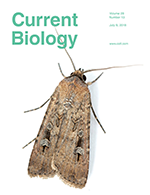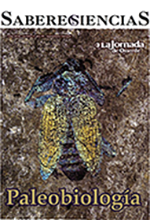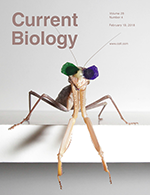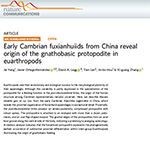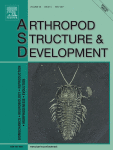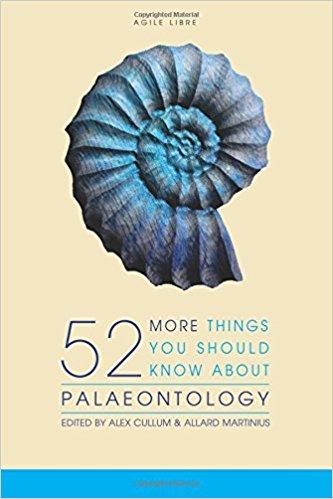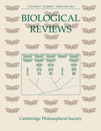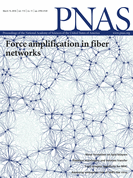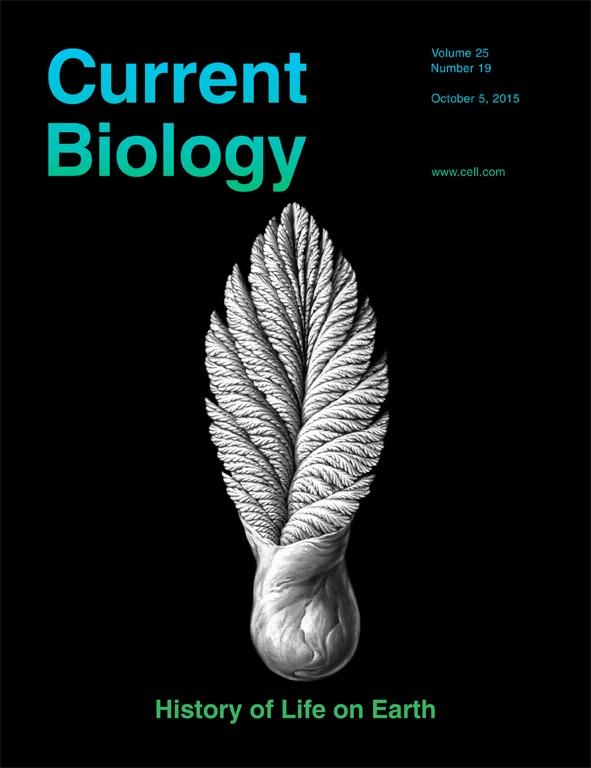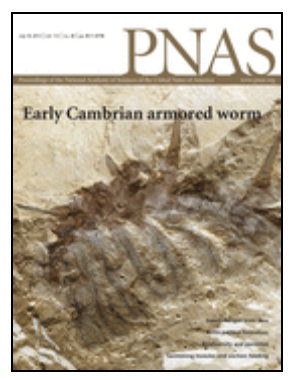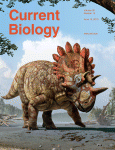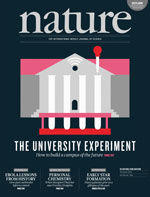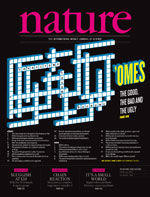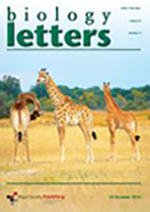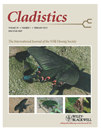Citation:
S. Pates, A.C. Daley, and J. Ortega-Hernández. 2018. “Reply to Comment on “Aysheaia prolata from the Utah Wheeler Formation (Drumian, Cambrian) is a frontal appendage of the radiodontan Stanleycaris” with the formal description of Stanleycaris.” Acta Palaeontologica Polonica, 63. Publisher's Version
Abstract:
As part of a comprehensive examination of all radiodontansfrom Cambrian localities in the USA, Pates et al. (2017a, b)
and Pates and Daley (2017) revised the taxonomic affinities
of several described specimens. This included the reinterpretation
of two putative lobopodians, one from the Wheeler
Formation (Utah, USA) and one from the Valdemiedes Formation
(Spain), as frontal appendages of the radiodontan
genera Stanleycaris and Caryosyntrips respectively. In their
comment, Gámez Vintaned and Zhuravlev (2018) disagree
with these conclusions and raise three topics for discussion:
(i) anatomical features they suggest support a lobopodian
affinity for “Mureropodia”; (ii) the identity of Caryosyntrips
as a radiodontan, and the assignment of certain specimens to
this genus; and (iii) the nomenclatural status of Stanleycaris
hirpex as an invalid taxon. For (i), we dispute that the anatomical
features put forward by Gámez Vintaned and Zhuravlev
(2018) are biological and conclude that a lobopodian
affinity for Mureropodia is untenable. In response to (ii), we
provide further evidence supporting a radiodontan affinity
for Caryosyntrips, and those specimens ascribed to this genus.
Finally, we concur with (iii) Stanleycaris as an invalid
taxon according to the International Code on Zoological
Nomenclature (ICZN), and have rectified the situation by
providing a valid systematic description.

